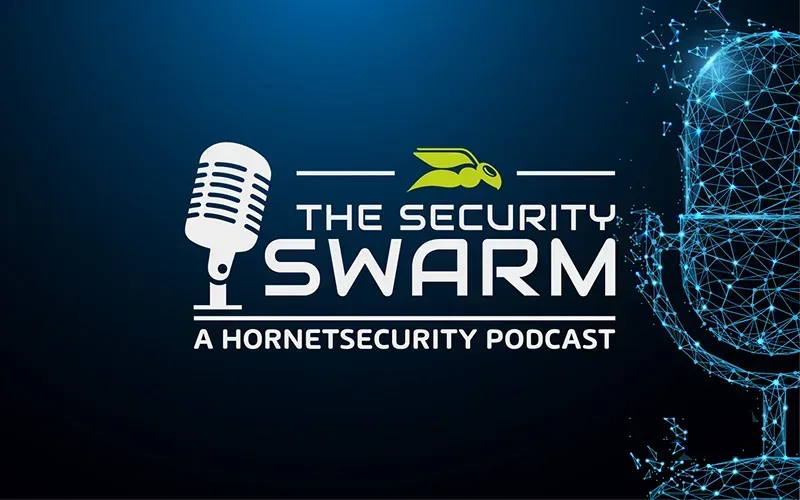

EP08: Advanced Threat Protection: A Must Have in Today’s Ecosystem?
You are currently viewing a placeholder content from Libsyn. To access the actual content, click the button below. Please note that doing so will share data with third-party providers.
More InformationWe’re back for another episode with Umut Alemdar – Head of Security Lab here at Hornetsecurity. Today, we’re discussing Advanced Threat Protection (ATP) and its crucial role in detecting, preventing, and responding to increasingly sophisticated cyber threats.
Throughout the episode, Andy and Umut discuss common ATP techniques such as sandboxing, time of click protection, and spam filters, all of which are critical in fortifying defenses against malicious actors. Furthermore, they emphasize the vital function of the natural language understanding module in ATP in detecting sophisticated social engineering attacks.
While this episode focuses on ATP in general, Andy and Umut draw concrete examples from our own ATP scanning methods here at Hornetsecurity.
Timestamps:
2:05 – What is Advanced Threat Protection
5:50 – What are common scanning techniques used by ATP technologies
10:35 – How does Sandboxing work in ATP scanning techniques?
13:07 – What is the role of AI within ATP scanning?
18:09 – Concrete example of where ATP saves the day
20:11 – Scanning for malicious QR codes
Episode Resources:
We used ChatGPT to Create Ransomware
Andy on LinkedIn, Twitter or Mastodon
Umut on LinkedIn
The prevalence of malware in corporate email inboxes has increased, with cybercriminals using CEO fraud, forged invoices, and fake application emails to sneak in harmful software. These nefarious tactics can result in encrypted files, stolen sensitive information, and monitoring of confidential business transactions. The consequences of ransomware, spyware, and viruses can be devastating, causing significant financial damage to companies.
Advanced Threat Protection employs advanced detection mechanisms like spy-out detection, fraud attempt analysis, and intention spoofing recognition to ensure maximum protection from targeted social engineering attacks on employees. To detect malicious intentions, incoming emails are thoroughly checked for specific content patterns, such as payment requests or requests for data output. Luckily, with Advanced Threat Protection, even the most complex cyber-attacks are no match.
